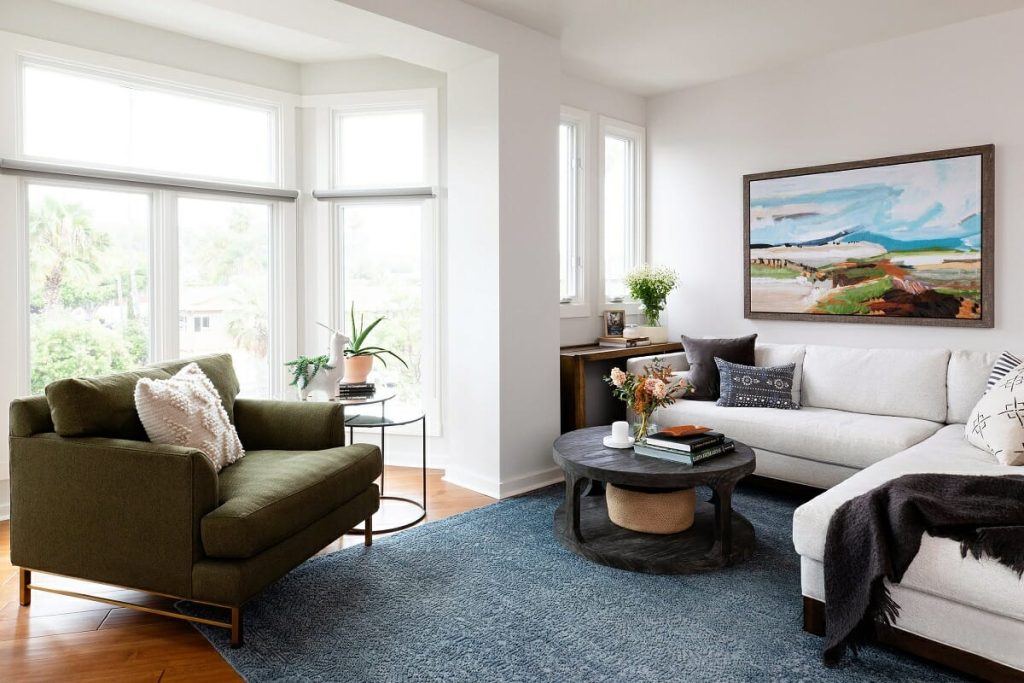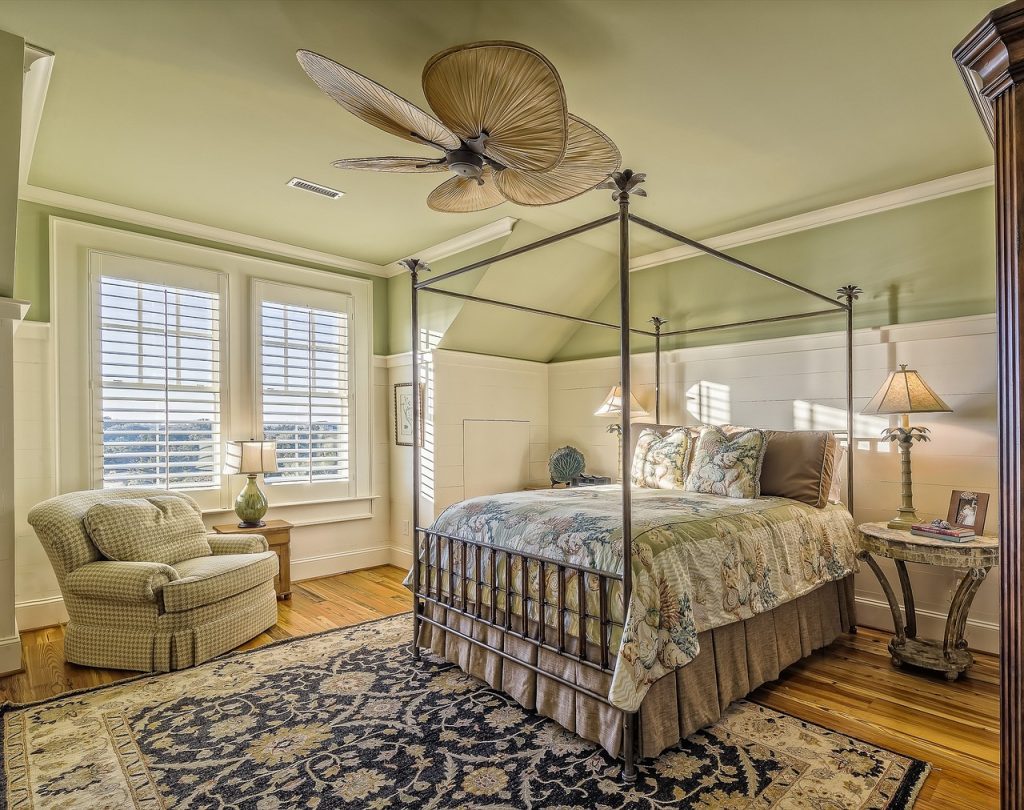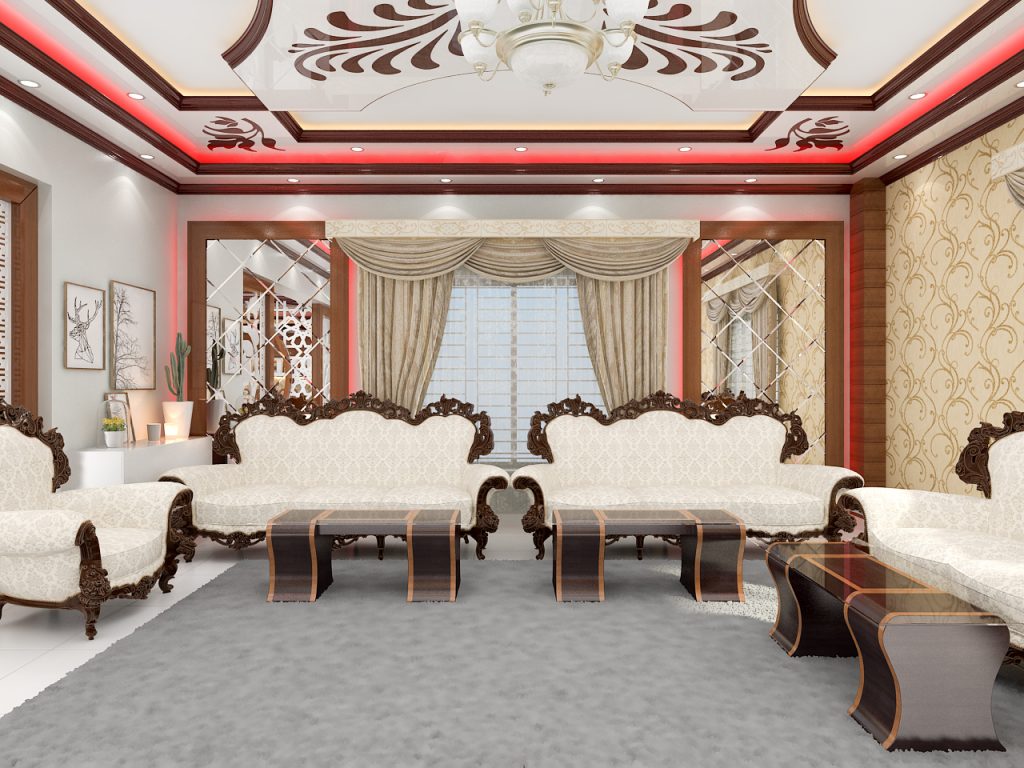To maintain your home interior, regularly clean and declutter your living space, inspect and repair any damages, maintain proper ventilation, and protect furniture and surfaces from stains and wear. By following these tips, you can keep your home looking tidy, functional, and appealing.
Maintaining a well-kept and visually pleasing home interior requires regular attention and proper care. From keeping your living space clean and organized to ensuring the longevity of your furniture and surfaces, home interior maintenance plays a vital role in creating a comfortable and aesthetically pleasing environment.
By dedicating some time and effort to upkeep, you can enhance the overall ambiance of your living area and make it more inviting for both family members and guests. We will highlight some essential maintenance tips that can help you preserve the beauty and functionality of your home’s interiors. From cleaning and decluttering practices to inspecting for damages and protecting your furniture, these tips will serve as a helpful guideline for keeping your home interior in top-notch condition.
Importance Of Regular Home Interior Maintenance
The importance of regular home interior maintenance cannot be emphasized enough. Not only does it prevent costlier repairs and replacements in the long run, but it also helps maintain the aesthetic appeal of your home. By dedicating some time to these maintenance tasks, you can ensure that your living space remains comfortable, safe, and visually appealing for years to come.
Preventing Costlier Repairs And Replacements
Regular home interior maintenance helps you identify and address small issues before they escalate into costly repairs or replacements. By inspecting your home regularly, you can catch problems early on, saving yourself both money and headaches in the future.
Here are a few areas to focus on when it comes to preventing costlier repairs and replacements:
- Plumbing: Check for leaks, drips, or any signs of water damage. Fixing a small leak now can prevent water damage and the need for extensive plumbing repairs later on.
- Electrical: Inspect outlets, switches, and light fixtures for any signs of wear or malfunction. Timely repairs and replacements can prevent electrical fires and ensure the safety of your home.
- HVAC Systems: Regularly clean and replace air filters to improve air quality and the efficiency of your heating and cooling systems. Additionally, schedule professional HVAC maintenance to keep your systems running smoothly.
- Structural Integrity: Look out for cracks, gaps, or shifting in the walls, ceilings, and floors. These could be indicators of underlying structural issues that need to be addressed promptly.
Maintaining The Aesthetic Appeal Of Your Home
Regular home interior maintenance also plays a crucial role in maintaining the aesthetic appeal of your home. Letting things go unnoticed can lead to a decline in the overall ambiance and attractiveness of your living space.
Consider the following tips to keep your home looking its best:
- Cleaning and Dusting: Regularly clean and dust surfaces, furniture, and fixtures to keep them looking fresh and beautiful. This will also help minimize the accumulation of allergens and dust mites, promoting a healthier living environment.
- Painting and Touch-ups: Keep an eye out for chipped paint, scuffs, or wall imperfections. Touching up paintwork can go a long way in revitalizing the appearance of your home. Consider repainting high-traffic areas to maintain a clean and polished look.
- Organizing and Decluttering: Periodically declutter and organize your home to create a sense of spaciousness and order. Dispose of items you no longer need or find suitable storage solutions to keep your space tidy and visually appealing.
- Upholstery and Carpet Care: Regularly vacuum and clean upholstery and carpets to remove dirt, stains, and odors. This will not only refresh the look of your furniture and flooring but also prolong their lifespan.
In conclusion, regular home interior maintenance is crucial for both practical and aesthetic reasons. By preventing costlier repairs and replacements and maintaining the visual appeal of your home, you can ensure a comfortable and inviting living space for yourself and your loved ones.
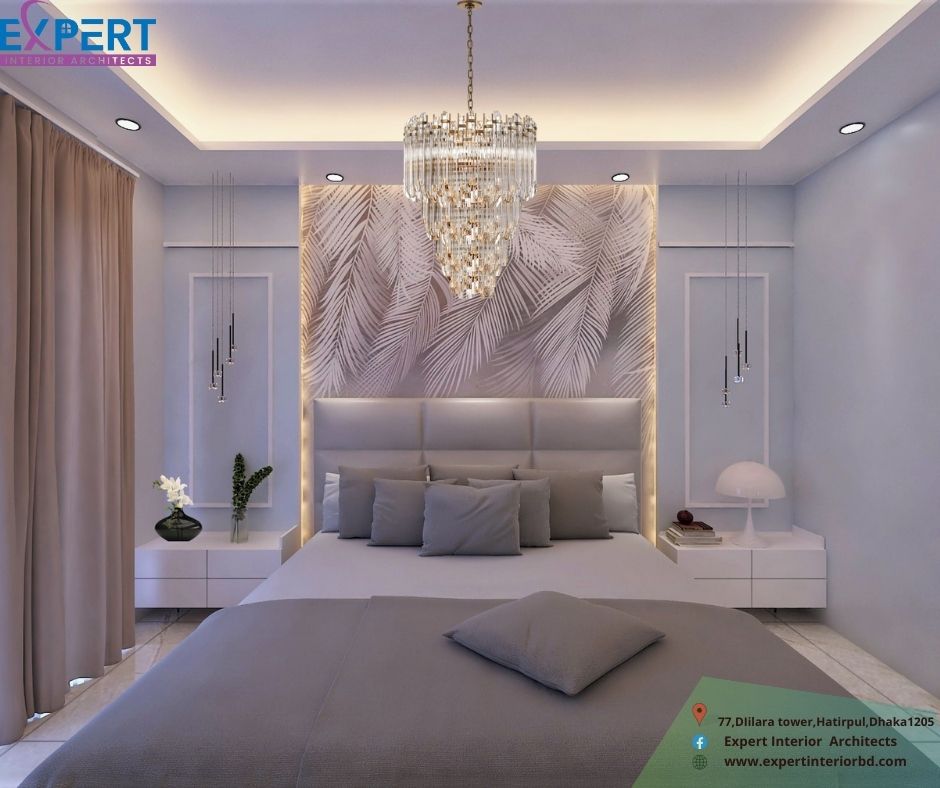
Cleaning And Caring For Different Surfaces
Keeping your home’s interior looking clean and well-maintained is essential for creating a comfortable and inviting living space. One of the key aspects of home interior maintenance is cleaning and caring for different surfaces. Each type of surface requires specific attention and techniques to ensure its longevity and aesthetic appeal. In this article, we will explore the best practices for maintaining hardwood floors, cleaning and maintaining tile and grout, and caring for carpets and rugs.
Maintaining Hardwood Floors
Hardwood floors add a timeless elegance to any home, but they require regular upkeep to retain their beauty. Follow these tips to keep your hardwood floors in pristine condition:
- Regular Cleaning: Sweep or vacuum your hardwood floors on a regular basis to remove dirt, dust, and debris. Use a soft-bristle broom or a vacuum cleaner with a floor attachment to prevent scratches.
- Preventative Measures: Place mats at entryways to trap dirt and prevent it from being tracked onto the hardwood floors. Use furniture pads or felt protectors under furniture legs to prevent scratches.
- Gentle Cleaning Solutions: When cleaning your hardwood floors, avoid using harsh chemicals or excessive water, as it can damage the wood. Instead, use a pH-neutral wood floor cleaner and a damp mop or microfiber cloth to gently clean the surface.
- Spot Cleaning: Immediately wipe up any spills or stains on hardwood floors to prevent them from penetrating the wood. Use a mild detergent or specialized hardwood floor cleaner for stubborn stains.
- Regular Maintenance: Every few years, consider refinishing your hardwood floors to restore their original shine. Consult with a professional flooring contractor to determine the best refinishing method for your specific type of hardwood.
Cleaning And Maintaining Tile And Grout
Tile and grout surfaces can enhance the beauty of your home, but they can also collect dirt, grime, and stains over time. Follow these tips to keep your tile and grout looking fresh:
- Frequent Sweeping or Vacuuming: Regularly sweep or vacuum your tile floors to remove loose dirt and debris. Be cautious when using a vacuum with a beater bar to prevent scratching the tiles. For hard-to-reach areas, use a small brush or toothbrush.
- Gentle Cleaning Solutions: Use a pH-neutral tile cleaner or a mixture of warm water and mild dish soap to clean the tile surfaces. Avoid harsh chemicals that can damage the grout or discolor the tiles.
- Grout Cleaning: To remove deep-seated stains and grime from grout lines, create a paste using baking soda and water. Apply the paste to the grout lines, scrub with a toothbrush, and rinse thoroughly.
- Preventing Mold and Mildew: Keep your tile and grout areas dry to prevent the growth of mold and mildew. Proper ventilation in bathrooms and kitchen areas is crucial. For existing mold or mildew, use a solution of equal parts water and white vinegar.
- Regular Sealing: Depending on the type of tile and grout, it may be necessary to seal them periodically to prevent staining and moisture penetration. Consult the manufacturer’s recommendations or seek professional advice for proper sealing.
Caring For Carpets And Rugs
Carpets and rugs offer comfort and warmth to any living space, but they can also accumulate dirt, dust, and allergens. To maintain the longevity and cleanliness of your carpets and rugs, follow these tips:
- Vacuum Regularly: Regular vacuuming is crucial to remove surface dirt and prevent it from settling deep into the carpet fibers. Use a vacuum cleaner with a rotating brush or beater bar for best results.
- Immediate Stain Treatment: Act quickly to clean up any spills or stains on your carpets and rugs. Blot the affected area with a clean cloth or paper towel, avoiding rubbing or scrubbing which can spread the stain. Use a carpet stain remover or a mixture of mild dish soap and warm water for stubborn stains.
- Professional Cleaning: Consider professional carpet cleaning every 6-12 months to deep clean and remove embedded dirt and allergens. This can extend the life of your carpets and keep them looking fresh.
- Rotate Furniture: Move your furniture occasionally to prevent permanent indentations on your carpets. Using furniture coasters or pads under heavy furniture can also help distribute the weight evenly.
By following these cleaning and maintenance tips for different surfaces in your home, you can ensure their longevity and keep your home interior looking fresh and welcoming for years to come.
Conducting Routine Inspections
Regular inspections are essential for maintaining a safe and comfortable home environment. By conducting routine inspections, you can identify potential issues early on and address them before they become major problems. This not only saves you from expensive repairs but also ensures the longevity of your home interior. In this article, we will discuss three key areas to focus on during your routine inspections: checking for water leaks and damage, inspecting electrical systems and outlets, and assessing the condition of windows and doors.
Checking For Water Leaks And Damage
Water leaks can wreak havoc on your home if left unnoticed. During your routine inspections, it’s crucial to diligently check for any signs of water leaks or damage. Start by examining the ceiling and walls for visible stains, mold growth, or peeling paint, as these are often indications of an underlying water issue. Also, pay close attention to plumbing fixtures, such as faucets, toilets, and pipes, for any signs of dripping or unusual moisture. If you discover any leaks or damage, it’s essential to address them promptly to prevent further deterioration and potential hazards.
Inspecting Electrical Systems And Outlets
Ensuring the safety of your home includes inspecting electrical systems and outlets. Faulty wiring or outdated electrical systems can lead to electrical hazards and fires. During your routine inspections, check the condition of electrical cables, outlets, and switches. Look for any frayed or exposed wires, loose connections, or damaged outlets. Additionally, test the functionality of the GFCI (Ground Fault Circuit Interrupter) outlets by pressing the “test” and “reset” buttons. If you notice any issues or are uncertain about the state of your electrical systems, it’s recommended to consult a professional electrician for further evaluation and necessary repairs.
Assessing The Condition Of Windows And Doors
Your home’s windows and doors not only contribute to its overall aesthetics but also play a significant role in insulation and security. Regularly inspecting their condition is crucial for maintaining a comfortable living environment. Examine the window frames for any signs of rot or wear, as these can affect energy efficiency. Ensure that the windows and doors open and close smoothly, with no excessive drafts or gaps. Look for cracked or broken glass that may compromise safety or insulation. If you notice any issues, consider repairing or replacing them to enhance energy efficiency, improve security, and enhance the appearance of your home.
Effective Organization And Decluttering Techniques
Effective organization and decluttering techniques are essential for maintaining a well-functioning and visually appealing home interior. By implementing these strategies, you can create a harmonious and clutter-free living environment that promotes productivity and relaxation. In this blog post, we will explore different methods to manage clutter in high-traffic areas, organize closets and storage spaces, as well as utilize storage solutions for small spaces.
Managing Clutter In High-traffic Areas
High-traffic areas such as entryways, living rooms, and kitchens tend to accumulate clutter quickly. To keep these spaces organized, it is important to establish a system for regular tidying and decluttering. Here are some tips to effectively manage clutter in high-traffic areas:
- Create designated storage areas for frequently used items and encourage everyone in the household to return them to their designated spots after use.
- Invest in stylish and functional storage solutions such as baskets, bins, and wall hooks to keep frequently used items easily accessible yet neatly organized.
- Regularly declutter surfaces by removing unnecessary items and only displaying a few carefully chosen decorative pieces.
- Establish a routine for daily quick tidying sessions to prevent clutter from piling up.
Organizing Closets And Storage Spaces
Closets and storage spaces often become the go-to dumping grounds for items that don’t have a designated home. However, with effective organization techniques, you can transform these spaces into functional and clutter-free areas. Consider these strategies for organizing closets and storage spaces:
- Start by emptying the space completely and sorting items into categories such as clothes, accessories, and household supplies.
- Invest in space-saving storage solutions such as closet organizers, shelving units, and storage bins.
- Maximize vertical space by utilizing hooks, hangers, and stackable storage containers.
- Donate or sell items that you no longer need or use to free up valuable space.
Utilizing Storage Solutions For Small Spaces
Living in a small home or apartment often entails dealing with limited storage space. However, with creative storage solutions, you can make the most of every inch and maintain a clutter-free living environment. Consider these ideas for utilizing storage solutions in small spaces:
- Invest in multi-functional furniture pieces such as ottomans with hidden storage or bed frames with built-in drawers.
- Utilize vertical space by installing floating shelves or hanging organizers on walls.
- Opt for storage baskets or bins that can be stored under beds or on shelves to keep smaller items neatly organized.
- Maximize closet space with hanging organizers, cascading hangers, and slimline storage solutions.
Maintaining Paintwork And Wall Coverings
When it comes to maintaining your home’s interior, taking care of the paintwork and wall coverings is crucial. Not only does a well-maintained paint job enhance the overall aesthetic appeal of your space, but it also helps protect your walls from wear and tear. In this article, we will discuss some essential tips for maintaining your paintwork and wall coverings, including repainting walls and touch-ups, cleaning and caring for wallpaper, and removing stains and scuff marks.
Repainting Walls And Touch-ups
Over time, the paint on your walls may start to show signs of wear, such as color fading, cracking, or peeling. When this happens, repainting is necessary to restore the beauty and protection of your walls. Here are some steps you can follow:
- Prepare the surface by cleaning it with a mild detergent and warm water. Remove any dirt, grease, or stains.
- Fill in any cracks or holes with a suitable filler and sand the surface smooth.
- Choose a high-quality paint that matches your existing color or opt for a fresh new look.
- Apply the paint using even strokes, starting from the top and working your way down.
- Allow the paint to dry completely before applying a second coat if needed.
- Lastly, touch up any areas that may have been missed or damaged over time. This will help maintain a seamless appearance.
Cleaning And Caring For Wallpaper
Wallpaper is a popular choice for adding texture and patterns to your walls. To keep it looking its best, here’s how you can effectively clean and care for wallpaper:
- Dust the wallpaper regularly using a soft brush or a duster. This will help to remove any surface dirt or debris.
- For stains or marks, use a mild detergent mixed with warm water and a soft sponge or cloth. Gently dab the affected area, avoiding excessive rubbing.
- For stubborn stains, you can try using a wallpaper cleaner specifically designed for removing stains without damaging the wallpaper’s surface.
- Avoid using abrasive cleaners, rough sponges, or excessive moisture, as these can cause damage to the wallpaper.
Removing Stains And Scuff Marks
Over time, your walls might accumulate stains and scuff marks, particularly in high-traffic areas. Here are some tips to help you remove them:
- For minor stains or scuffs, try using a soft eraser or a damp cloth with a mild detergent to gently rub the affected area until the mark disappears.
- If the stain or scuff mark persists, you can use a light-duty cleaner specifically formulated for painted walls. Follow the instructions on the cleaner and test it on a small, inconspicuous area first to ensure it doesn’t damage the paint.
- For more stubborn stains, such as crayon marks or grease, you may need to use a stronger cleaner. Always follow the manufacturer’s instructions and take precautions to protect yourself and your surroundings.
- After removing the stain or scuff mark, rinse the area with clean water and pat it dry with a soft cloth.
By following these maintenance tips for your paintwork and wall coverings, you can ensure that your home’s interior remains in excellent condition for years to come. Regular care and attention will help preserve the beauty and longevity of your walls, making your space look clean and inviting.
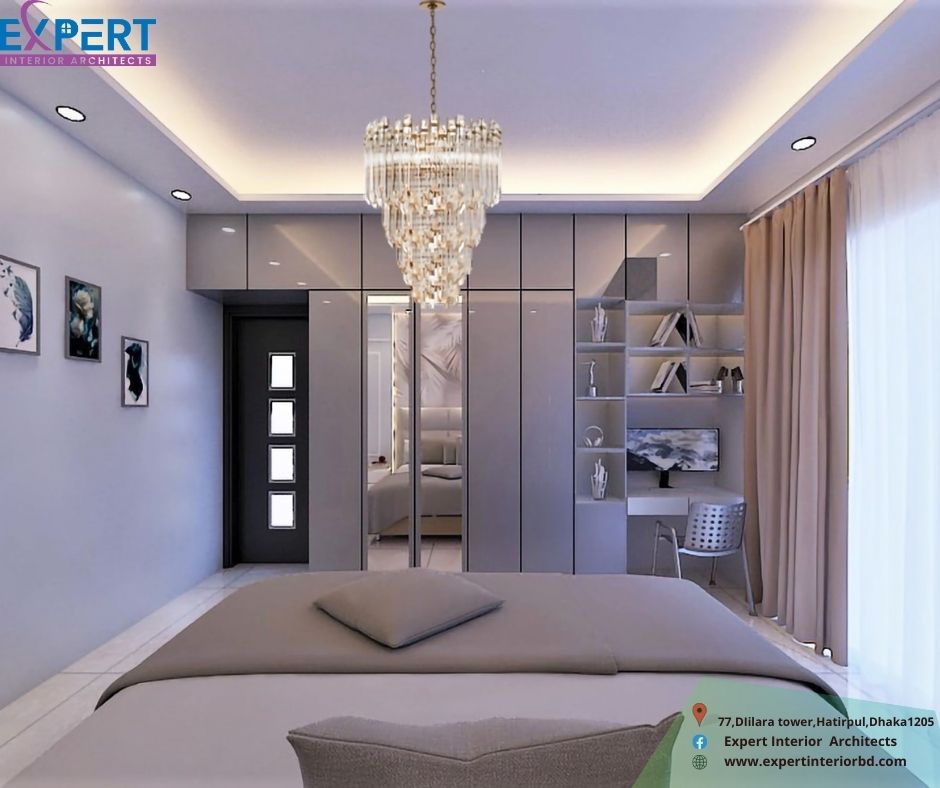
Hvac Maintenance And Indoor Air Quality
Proper maintenance of your home’s HVAC system is crucial for maintaining good indoor air quality. Neglecting regular maintenance can result in poor ventilation, reduced efficiency, and potential health hazards. In this section, we will discuss three key aspects of HVAC maintenance: replacing air filters regularly, cleaning air ducts and grilles, and improving indoor air quality with plants and ventilation.
Replacing Air Filters Regularly
Regularly replacing your HVAC system’s air filters is one of the simplest and most effective ways to maintain indoor air quality. Air filters trap dust, pollen, pet dander, and other airborne particles, preventing them from recirculating in your home. Over time, air filters can become clogged, reducing their efficiency and allowing pollutants to spread throughout your living spaces.
To ensure optimal performance, experts recommend replacing air filters every 30 to 90 days. However, factors such as pets, allergies, and the presence of smokers in your home may require more frequent filter replacements. Take note of the recommended filter size for your specific HVAC system and keep a stock of replacement filters on hand.
Cleaning Air Ducts And Grilles
In addition to regularly replacing air filters, cleaning your air ducts and grilles is vital for maintaining good indoor air quality. Dust, mold, and other contaminants can accumulate in these areas, reducing airflow and increasing the risk of allergies and respiratory issues.
While professional cleaning is recommended every 3 to 5 years, you can perform regular maintenance yourself to reduce buildup. Use a vacuum cleaner with a brush attachment to remove dust from vents and grilles. If you notice any signs of mold or excessive dirt, it’s best to seek professional assistance to ensure thorough cleaning and mold remediation.
Improving Indoor Air Quality With Plants And Ventilation
Incorporating plants into your home is not only aesthetically pleasing but also beneficial for improving indoor air quality. Plants naturally remove toxins from the air, releasing oxygen and increasing humidity. Some air-purifying plants include spider plants, peace lilies, and aloe vera.
Proper ventilation is also essential for maintaining good air quality. Ensure that your HVAC system is well-maintained and regularly serviced. Additionally, open windows and doors when weather permits to allow for fresh air circulation. Consider installing exhaust fans in high-humidity areas like the kitchen and bathroom to prevent the buildup of moisture and mold.
By following these HVAC maintenance tips and implementing indoor air quality improvements, you can create a healthier and more comfortable living environment for you and your family.
Safeguarding Furniture And Upholstery
When it comes to maintaining a beautiful and inviting home interior, safeguarding your furniture and upholstery is essential. Not only does proper care and maintenance extend the lifespan of these valuable assets, but it also helps maintain their appearance and functionality. In this article, we will explore some effective tips to protect your furniture from sun damage, as well as cleaning and caring for different upholstery materials. Additionally, we will discuss how to treat stains and spills, ensuring your furniture remains in pristine condition for years to come.
Protecting Furniture From Sun Damage
The sun’s rays can cause irreversible damage to your furniture, such as fading, cracking, and warping. To safeguard your furniture against these harmful effects, consider following these tips:
- Position furniture away from direct sunlight: Rearrange your furniture layout so that it is not constantly exposed to direct sunlight. This simple change can significantly reduce the impact of harmful UV rays.
- Use window coverings: Install blinds, curtains, or shades to block out the intense sunlight during the hottest parts of the day. This will provide an extra layer of protection for your furniture.
- Apply UV-protective film: Consider applying a clear UV-protective film to windows and glass doors. This film helps block the sun’s harmful rays while still allowing natural light into your home.
- Regularly rotate furniture: If you have furniture pieces that cannot be moved away from sunlight, try rotating them periodically to distribute sun exposure evenly.
- Use furniture protectors: Use furniture covers or throws to shield your furniture from direct sunlight when it’s not in use. This simple step can go a long way in preventing sun damage.
Cleaning And Caring For Different Upholstery Materials
When it comes to cleaning and caring for upholstery, different materials require different approaches. Here are some guidelines to help you maintain the beauty and longevity of your upholstery:
| Upholstery Material | Cleaning Tips |
|---|---|
| Fabric |
|
| Leather |
|
| Microfiber |
|
Treating Stains And Spills
Accidents happen, and it’s important to know how to properly treat stains and spills to prevent permanent damage to your furniture. Here are some general steps to tackle these mishaps:
- Act quickly: The sooner you address a stain or spill, the easier it is to remove.
- Blot, don’t rub: Use clean, absorbent cloths or paper towels to blot the affected area. Rubbing can spread the stain and damage the fabric.
- Test cleaning solutions: Before applying any cleaning solution, test it on a small, inconspicuous area of the upholstery to ensure it doesn’t cause discoloration or damage.
- Follow specific instructions: Different stains may require different cleaning methods. Consult the manufacturer’s instructions or seek professional advice for stubborn stains.
- Allow for proper drying: After cleaning, allow the upholstery to dry completely before using the furniture again.
By following these tips for protecting furniture from sun damage, cleaning and caring for different upholstery materials, and treating stains and spills, you can maintain the beauty and functionality of your furniture for years to come. Remember, proper maintenance not only enhances the aesthetic appeal of your home but also saves you from costly replacements down the line. Take pride in your home interior and give your furniture the attention it deserves!
Preventing Pest Infestations And Managing Household Pests
Keeping your home free from pests is essential for maintaining a clean and hygienic environment. Pest infestations can cause significant damage to your property and pose health risks to your family. By implementing a few simple home interior maintenance tips, you can prevent pests from entering your home and effectively manage any existing pest problems. In this section, we will discuss how to seal entry points and prevent pest access, identify and treat common household pests, and maintain a clean and hygienic home environment.
One of the most effective ways to prevent pest infestations is by sealing all possible entry points in your home. Pests such as rodents, insects, and spiders can easily find their way into your home through small cracks and openings. To block their access:
- Inspect your home for any visible cracks or gaps in doors, windows, walls, and foundations.
- Seal these openings using weather stripping, caulk, or expanding foam, depending on the size of the gap.
- Install door sweeps and repair damaged screens to prevent pests from entering through doors and windows.
- Ensure that your attic, basement, and crawl spaces are properly sealed and ventilated.
It is crucial to identify common household pests early on and take appropriate measures to treat and eliminate them. Some common household pests include:
- Rodents – Mice and rats can easily find their way into your home through small openings. Look for signs of their presence, such as droppings, chewed wires, or shredded paper. Use traps, deterrents, or consult a professional exterminator to get rid of them.
- Termites – These silent destroyers can cause extensive damage to wooden structures. Look for mud tubes, discarded wings, and hollow-sounding wood. Consult a professional termite control service to assess and treat the infestation.
- Ants – Ants are attracted to food and water sources. Keep your kitchen clean, store food properly, and seal any gaps they may use as entry points. Use ant baits or natural repellents to control their population.
- Cockroaches – These nocturnal pests can spread diseases and trigger allergies. Keep your home clean and dry, fix leaks, and seal cracks to deter them. Use cockroach baits, traps, or consult a professional for severe infestations.
Regularly cleaning and maintaining a hygienic home environment can help prevent the attraction of pests and minimize their presence. Follow these tips to keep your home clean:
- Dispose of trash properly and keep garbage bins tightly covered.
- Wipe down countertops, sweep floors, and vacuum regularly.
- Store food in airtight containers and clean pet food dishes promptly after use.
- Eliminate standing water by fixing leaks and ensuring proper drainage.
- Trim trees and shrubs away from your home’s exterior to prevent pests from using them as pathways.
By adhering to these home interior maintenance tips, you can effectively prevent pest infestations and manage any existing pest problems in your home. Remember, early intervention is key to minimizing damage and ensuring a pest-free living environment for you and your family.
Stay Ahead With Home Interior Maintenance Tips
Discover essential Home Interior Maintenance Tips to stay ahead in keeping your living spaces clean and organized. From regular cleaning schedules to simple organization hacks, these tips will ensure a well-maintained and comfortable home environment.
Conclusion
In conclusion, consistency is key in maintaining a well-functioning and aesthetically pleasing home interior. By following these home interior maintenance tips, you can prevent costly repairs, extend the lifespan of your belongings, and create a comfortable living environment for your family.
Remember, small efforts made consistently can have a significant impact on the overall condition of your home interior. So, stay ahead of any potential issues by incorporating these tips into your regular maintenance routine. Whether it’s regularly cleaning your carpets and upholstery, inspecting and sealing the grout in your tiles, or keeping an eye out for any signs of water damage, taking proactive measures can save you a great deal of time, money, and stress in the long run.
So, let’s recap the key takeaways from these home interior maintenance tips:
- Regularly clean your carpets and upholstery to remove dirt and stains.
- Inspect and seal the grout in your tiles to prevent water damage and prolong their lifespan.
- Keep an eye out for any signs of water damage, such as leaks or dampness, and address them promptly to prevent further issues.
- Dust and clean your furniture and surfaces regularly to maintain a clean and healthy living environment.
- Take care of your wooden furniture by dusting, polishing, and addressing any scratches or damages.
- Pay attention to your home’s ventilation and air quality by ensuring proper airflow and cleaning or replacing air filters as needed.
- Keep an organized and clutter-free home by regularly decluttering and finding suitable storage solutions.
- Inspect and maintain your appliances to ensure they are functioning properly and efficiently.
- Stay vigilant about any signs of pests and take immediate action to prevent infestations.
- Lastly, invest in preventive measures, such as installing smoke detectors and carbon monoxide detectors, to enhance the safety of your home.
By implementing these tips into your home interior maintenance routine, you can enjoy a beautiful, functional, and comfortable living space for years to come.
Remember, prevention is always better than cure when it comes to home maintenance. So, stay ahead and take proactive measures to keep your home interior in top shape. Your investment in maintenance today will pay off in the long run, saving you both time and money.

Credit: www.architecturaldigest.com
Frequently Asked Questions For Home Interior Maintenance Tips
What Maintenance Should I Do On My Home?
To maintain your home, make sure to regularly clean gutters, replace air filters, check for water leaks, inspect and repair any damages to the roof, and maintain the landscaping around your property. These simple steps can help keep your home in good condition and avoid costly repairs.
How Can I Make My Home Maintenance Easier?
Easily maintain your home with these tips: 1. Create a schedule for regular cleaning and repairs. 2. Store tools and supplies in a designated area for quick access. 3. Fix problems as soon as they arise to prevent further damage.
4. Stay organized by decluttering and implementing storage solutions. 5. Seek professional help for complex tasks.
How Do I Organize My Home Maintenance?
To organize your home maintenance effectively, follow these steps: 1. Create a maintenance schedule for tasks like cleaning, repairs, and inspections. 2. Make a checklist of required supplies and tools for each task. 3. Set reminders or create a calendar to ensure timely completion of tasks.
4. Create a designated storage area for maintenance tools and supplies. 5. Keep a record of completed tasks for future reference.
How Do I Clean And Maintain My House?
To clean and maintain your house, follow these steps: 1. Regularly dust and vacuum all surfaces. 2. Clean kitchen and bathroom weekly with appropriate cleaners. 3. Wash bedding and towels regularly. 4. Wipe down mirrors and windows with glass cleaner.
5. Organize and declutter regularly to prevent buildup of mess.
Conclusion
Taking care of your home interior is essential for maintaining a comfortable and inviting living space. By following these home interior maintenance tips, you can ensure that your home stays in top condition. From regular cleaning and dusting to addressing any repairs promptly, these practices will help you create a beautiful and well-maintained interior.
Remember, a well-maintained home not only enhances its aesthetic appeal but also contributes to a healthy and happy living environment for you and your family. Happy home maintenance!
